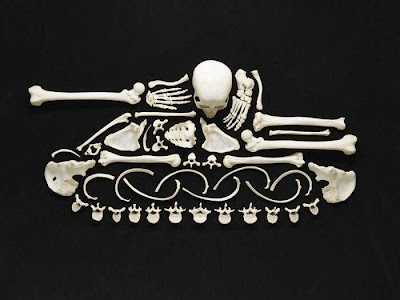
Where plants and trees from around the world seen in one place, Hakgala Botanical Gardens, just 10km away from Nuwara Eliya City. Hakgala is one of the places one visits as an essential part of a pleasant journey in the famous hill resort of Nuwara Eliya. The site is legendary. It was once the pleasure garden of Ravana of the Ramayana epic and according to many, it was one of the places where the beautiful Sitha was hidden by the demon king. The present botanic gardens were founded in 1860 by the eminent British botanist Dr. G.H.K. Thwaites who was superintendent of the more famous gardens at Peradeniya, near Kandy.
It was the site initially for experiments with cinchona whose bark yielded quinine, esteemed as a tonic and febrifuge. Quinine at that time was widely used as a specific for malaria. This was perhaps the reason for the popularity of and tonic in these parts - quinine being the principle ingredient of tonic water. The cool, equable climate of the hakgala area, whose mean temperature is around 60 degrees Fahrenheit, encouraged the introduction of suitable temperate zone plants, both ornamental and useful. These included conifers and cedars from Australia, Bermuda and Japan, and cypresses from the Himalayas, china and as far a field as Persia, Mexico and California. New Caledonia gave Hakgala a special variety of pines and there are specimens of this genus from the canary Island as well.
An English oak, introduced around 1890, commemorates the "hearts of oak" of Britain's vaunted sea power, and there is a good-looking specimen of the camphor tree, whose habitat is usually in regions above 12,000m. If you have left your heart in an English garden, you will surely find it again in Hakgala's Rose garden. where the sights and scents of these glorious blooms can be experienced in their infinite variety. From there it is a quiet stroll from the sublime to the exotic sophistication of the orchid House. A special attraction here is the verity of montane orchids, many of them endemic to Sri Lanka.
It would be in the worst possible taste to describe the Fernery as a collection of "vascular cryptograms" But that is how the dictionary describes the plant whose delicate fronds conjure up visions of misty grottoes, lichen-covered stones and meandering streams. The Fernery at Hakgala is a shady harbour of many quiet walks, in the shad of the Hakgala Rock, shaped like the jawbone of an elephant, from which the place gets its name. Sri Lanka's ferns are well represented here, as are those of Australia and New Zealand.
Hakgala is a temperate hill-country garden where also the languid low-country lotus and water lily floats in their serene loveliness. Pinks and blues emerging from a flat- floating background of lush leaves, recall the calm of yellow-robed monks, white-clad, devotees and flickering oil lamps. In time, the highlands bracing breezes dispel the languor of lotus land and even cause a shiver as a temperature lowers. The Hakgala Botanical Gardens is one of the lovely contrasts of Sri Lanka, a home to plants and trees from around the world, making them seem to be part of the scenic beauty.


 NUWARA ELIYA.Situated at around 2000m above sea level and surrounded by lush tea plantations Nuwara Eliya is the main hill resort of Sri Lanka and the heart of the tea industry. Once a pleasure retreat of the European planters the town is still very much an English town with many English style bungalows and buildings. Nuwara Eliya is a good escape for those who miss cool breeze in tropical Sri Lanka at any time of the year. Local tourists flock to this town in their 'season' from March to May when it is the hottest duration for the town, April being the busiest.
NUWARA ELIYA.Situated at around 2000m above sea level and surrounded by lush tea plantations Nuwara Eliya is the main hill resort of Sri Lanka and the heart of the tea industry. Once a pleasure retreat of the European planters the town is still very much an English town with many English style bungalows and buildings. Nuwara Eliya is a good escape for those who miss cool breeze in tropical Sri Lanka at any time of the year. Local tourists flock to this town in their 'season' from March to May when it is the hottest duration for the town, April being the busiest.Nuwara Eliya offers many activities for tourists including visits to tea plantations golfing, horse riding, boating, hiking and of course exploring the beauty of the landscaped gardens, waterfalls and plateaus.




















































